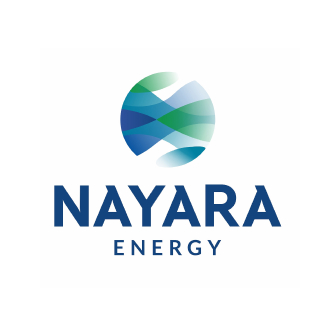Strong operating profile:Nayara’s refinery boasts one of the highest complexities in India, with a Nelson Complexity Index (NCI) of 11.8. This allows the company to efficiently process heavier grades of crude oil, leading to higher margins compared to low-complexity refineries. With a capacity of 20 million metric tonnes per annum (MMTPA), Nayara's facility accounts for approximately 8% of India’s total refining capacity and can process crude oil with an API gravity ranging from 15 to 60.
Advantageous location along with a captive port terminal and power plant:Nayara’s refinery, situated in Vadinar, Gujarat, is strategically positioned to meet the needs of both domestic and export markets. The facility features a captive all-weather port with India’s deepest natural draft of 32 meters, enabling year-round operations. Additionally, it includes a Single Buoy Mooring (SBM) capable of handling a crude oil intake of 27 MMTPA.
Growing retail operations:As of March 31, 2023, Nayara has established a significant presence in fuel retailing with over 6,300 operational outlets. The company has also developed two greenfield rail-fed fuel depots in Wardha (Maharashtra) and Pali (Rajasthan) and has hired additional depots for product storage. These initiatives have helped reduce logistics costs and decrease reliance on public sector oil marketing companies (OMCs).
Sustained healthy operational performance further aided by elevated fuel cracks:Nayara’s refinery operated above its rated capacity throughout FY23 and Q1FY24, except for a planned shutdown in November 2022. Following a strong recovery in petroleum product demand post-COVID-19 and disruptions from the Russia-Ukraine war, fuel cracks improved significantly in Q1FY23 and remained robust over the next four quarters, though with some moderation. Favorable fuel cracks and the sourcing of relatively cheaper Russian crude contributed to improved gross refining margins (GRMs) for Nayara and other domestic refiners during FY23 and Q1FY24.
